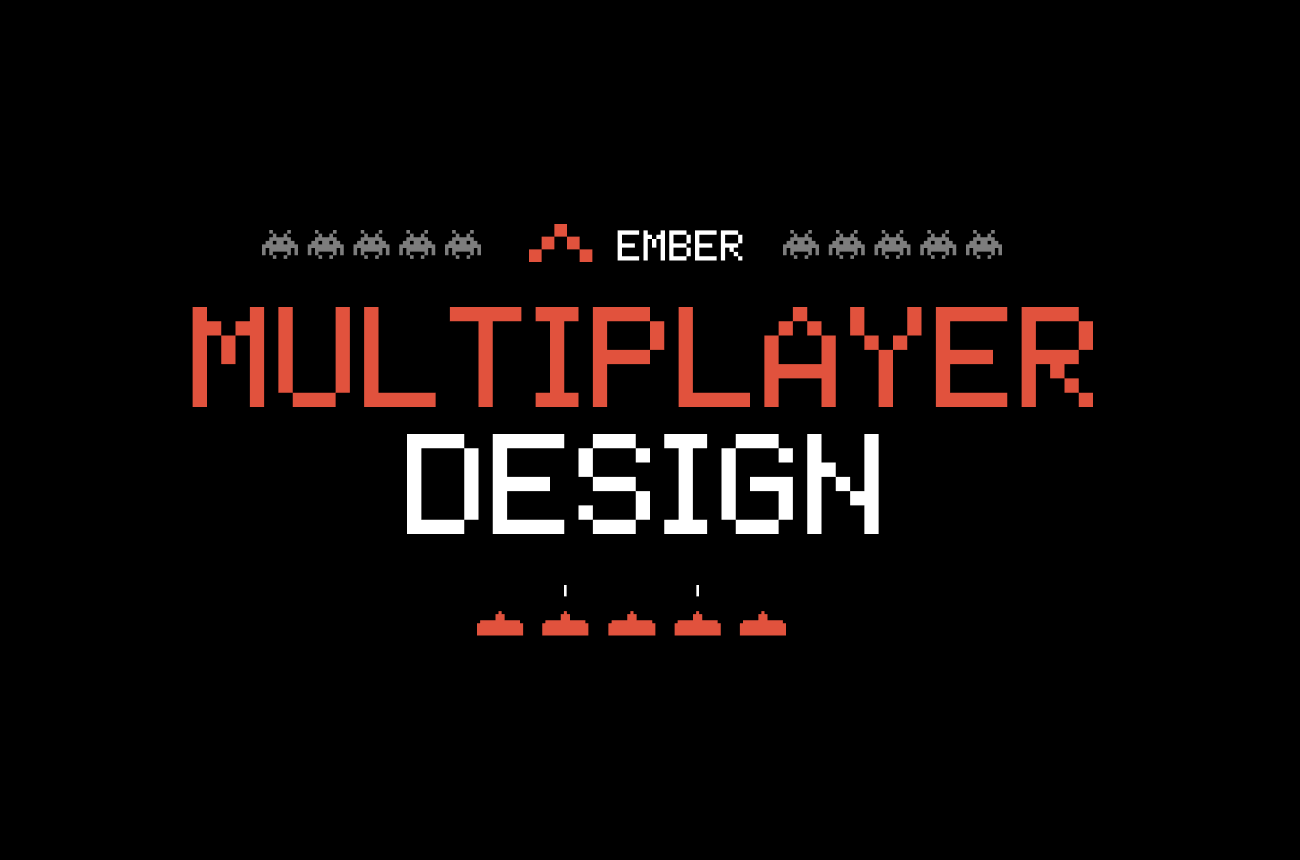How do you create design collaboration that encourages an iterative, fail-fast approach, that everyone can be part of and the team shares the full success of the victory not just their part of it?

Multiplayer. A term most at home in the gaming world, you and teammates venture on a mission to conquer or annihilate opponents. In this game, our weapon is pixels and our quest is to create a beautiful, co-owned product.
Around 18 months ago, we decided to move design tools from Sketch to Figma. Mainly because it had a browser version and was platform agnostic, making it easier for handover into development. However Figma has another feature that inadvertently changed the way we work as a design team called “Multiplayer”. This function allows multiple creators to interact with the same document at once, view cursor movements and watch changes happen in real time.
The cornerstone of a great product is great research, stakeholder engagement, a user-centred approach and all the other de facto terminology one comes to expect when reading about digital design. But you also need collaboration and perspective from a multidisciplinary team to generate the best ideas, so how do you create a process that encourages an iterative, fail-fast approach, that everyone can be part of and the team shares the full success of the victory not just their part of it?
There is a multitude of different ways to approach collaboration, whether it’s team sprints or co-design sessions on a whiteboard - it still needs input from the intended audience and the client driving the product forward. The thing that’s rarely considered though is the underlying dynamic of creatives competing against each other, the attachment a creative person has to the creation and how ownership of an idea can sometimes get in the way of the best idea. And let’s be honest that is completely natural, you invest time, effort and a little (okay large) bit of your soul into each design - you’re going to protect it. So how does the Ember Design Process add value?

The main value add for us is two-fold, you get the design team more engaged and connected to the overall outcome and there's an increase of ownership from a client perspective, which also leads to an increase in perceived value known as the Ikea Effect, "The Ikea Effect is where consumers place a disproportionately high value on products they partially created". Funnily enough I tend to place a disproportionately high level of frustration on self build furniture!
So what's our process?
Armed with our co-design research and UX documentation, we get on a video call and work around one file, one set of art boards, with everyone at the same time. Each member has a play area to try ideas, we’re respectful of each other, but have full permission to edit, alter, and remove things we don’t like. All of this happens while in constant conversation, where we can rationalise, justify and accept changes at a fast moving pace. This results in debate (read - healthy arguments), discussion, investment from everyone involved and some great ideas.
The wider impact for the team and for the good of the project is the removal of the formal, internal design presentation with feedback loops and the justification of choices made. This allows us to get to the answer more effectively through an organic, real-time review process that would normally involve team members going back and forth between designing and meeting. Not only is time saved, but all team members have more of a stake in the product as a whole due to the speed at which discussions and ideas develop. Stakeholder buy-in has already taken place, user stored value has already been added by each participant but is now owned wholly as a collective.
Who doesn’t love to watch Don Draper reveal the big idea in a smooth, succinct presentation that drops the jaws of a client? For us at Ember our aim is to remove the belief that the client receives ideas. Participation is promoted early in our methodology, clients receive access to our design files, where they can watch us work if they choose to, make comments and notes for anything they feel is relevant. The net result of being transparent is that sign-off becomes a project formality and the client has truly been involved.
We recently won a large project with Scottish Enterprise and were tasked with building a Global Networking Platform. SE have their own product owners, UI and UX designers, QA functions and Dev teams in place, so this was the perfect opportunity to use our methodology externally. The first task was to build a fully accessible WCAG 2.1AA design system - this included font scales for desktop and mobile, main page components, validation guidelines, interaction states, grid sizes, nav elements etc. The benefit of the system is to retain complete consistency with a large team of creators.
We then created six design sprints focusing on and following the main user journeys, from onboarding through to use of the main features. At any one time we had up to 20 people all working on the same file. UX copywriters rewriting copy as designs were created, notification documentation aligning with notification panel layouts and designers collaborating around the best approach for crux features.
The value of using multiplayer in this context, gave us a more informed product, the chance to explore different ideas rapidly and a client that has helped shape the end result more than just feeding back.
Is this approach right for everyone? - almost definitely not. Is it perfect? - not a chance! But what it does do is facilitate a wider collaboration through the designing of the product, not just the “design process” in a time where online collaboration is more important than ever.